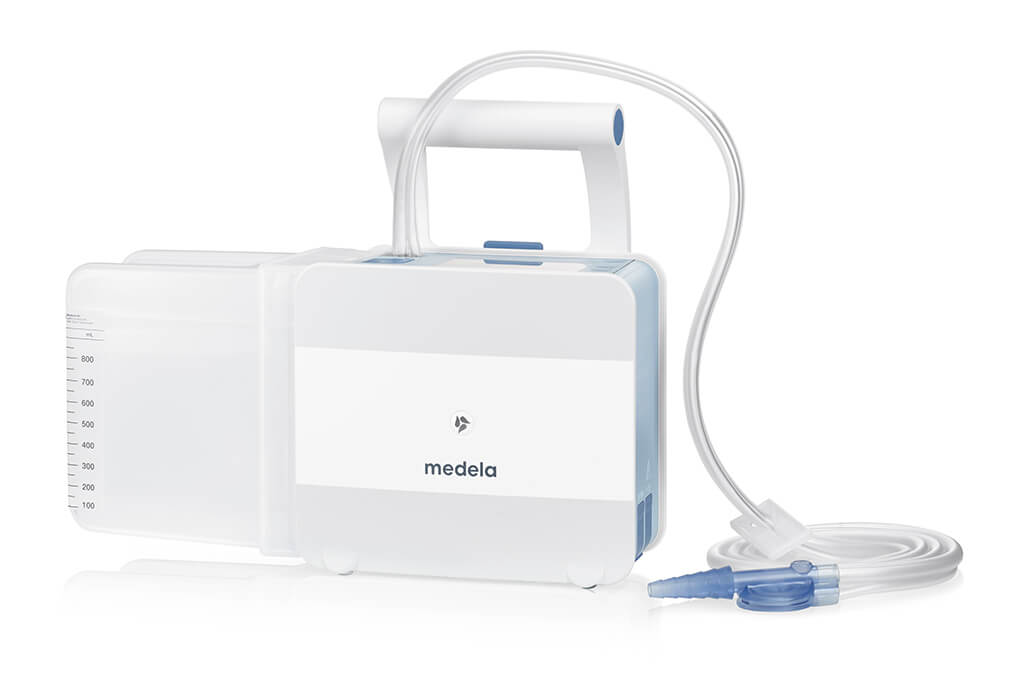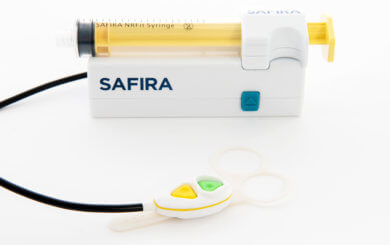
Pioneering research, which reveals digital chest drains generate and distribute less aerosol generated particles compared to traditional water seal systems, has been published in the Seminars in Thoracic and Cardiovascular Surgery journal.
The research was led by a team of thoracic consultants from Guy’s and St Thomas’ NHS Foundation Trust – home to one of the largest lung cancer practices in the UK.
At the start of the pandemic there was limited evidence about the spread of COVID-19 via chest drains which led to uncertainty within the thoracic community about the best medical device to use.
To understand this area further, the researchers reviewed three different types of chest drainage systems – single chamber, 3 compartment wet-dry suction and digital drainage system.
The aim was to establish the best way to prevent transmission of COVID-19 to patients, as well as protecting healthcare workers. While the transmission of COVID-19 is primarily through droplet spread, new research shows that SARS-CoV-2 can survive in smaller aerosols that remain suspended in the air for several hours. These infective airborne particles may travel greater distances and be inhaled, increasing the risk of transmission.
The results of this study showed that the 3-compartment wet-dry suction system and the digital drainage system did not generate any identifiable aerosolised particles at any of the air leak or drain output volumes considered.Speaking about the results, Dr Andrea Billè, consultant thoracic surgeon at Guy’s and St Thomas’ and the study author, said:
“At the start of the pandemic there was limited evidence about the spread of COVID-19 via chest drains. It’s the first pandemic we’ve encountered in a long time, therefore we had nothing to compare it to. Due to the lack of any specific guidance at the time, we went back to an old-fashioned system (an underwater seal chest drain connected to wall suction) and conducted our own research. What we found was that the digital device reduced aerosol generated particles, which is a good indicator of whether something may contribute to COVID-19 spread. There were also fewer complications compared with the old system.”
News & Analysis







